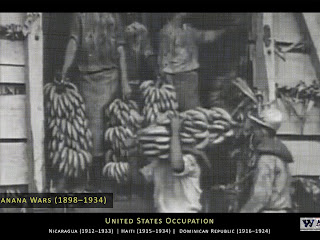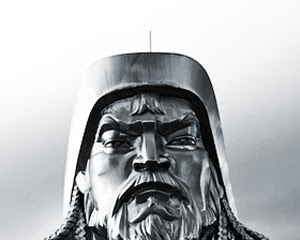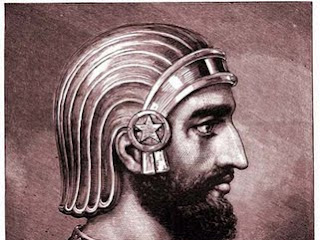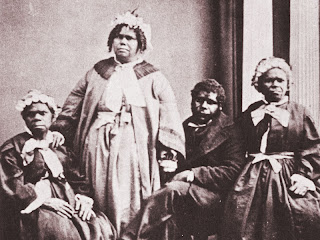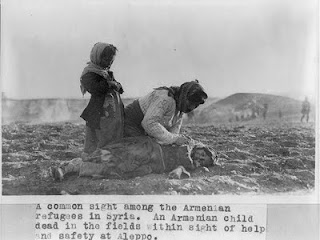The Mongol Conquests
Over the course of the centuries preceding the great revolutionary movement of the eighteenth to the twentieth century, terror was practiced above all in times of war, and almost always through recourse to the military apparatus rather than that of the police. The army has always been a formidable instrument of state terror.

Before the emergence of modern totalitarian systems, nomad warrior societies practiced large-scale terrorism with fearsome effectiveness. Of all such tribes, the Mongols were the best organized the most terrifying, and the most destructive. At the height of its power, the Mongo Empire was the largest of all time, encompassing practically the entire Eurasian continent.
The Mongols under Genghis Khan had at their disposal a military instrument that was superior to every other army of its time. This superiority was a product of their Spartan way of life, their immersion in the military arts from earliest childhood, their military organization, their mobility, and undisputed preeminence in the rigors of discipline. One further asset available to them was the systematic practice of terror against peoples.
By comparison to sedentary society, nomad society is demographically quite feeble. Thus, the superiority of the nomad warrior had nothing to do with numbers. It was through the concentration of forces and the element of surprise that nomads sought to overwhelm their adversaries as well as through the psychological impact of their attacks on populations ill prepared for such a scourge. They therefore relied in the terror they inspired in civilian populations and armies to prevent uprisings in their wake. Thus terror became a basic tool of nomad strategy of conquest.
Tamerlane was Genghis equal, in military terms, his every operation enjoying success, even though he sometimes met the same adversaries in battle on several occasion. The key characteristics of his style of warfare was his frequent assaults on great cities, including, Damascus, Baghdad, Aleppo, Delhi and Ankara. His adversaries were far from negligible.
The systematic use of terror against towns was an integral element of Tamerlane’s strategic arsenal. When he besieged a city, surrender at the first warning spared its people their live. Resistance on the other hand, was brutally punished by the massacre of civilians, often in atrocious circumstances. When the sack of a city was complete, Tamerlane raised pyramids of decapitate heads. In the 1397 taking Isfahan, a city of about half million inhabitants, observers estimated the number of dead at 100,000 to 200,000.
After the massacre, Tamerlane had some fifty pyramids built, each comprised of thousands of heads. In doing so Tamerlane hoped to persuade other besieged city to surrender at firsts notice. The tactic did not always work, and many towns still refused to capitulate. After the rape of Isfahan however, Tamerlane moved on to Shiraz, which offered no resistance. By his reckoning, this approach prevented bloodshed, at least among those reasonable enough to lay down their weapons without fight. The practice of terror remained methodological at all times and he took pains to spare elites, theologians, artists, poets, engineers, architects and so on.
The Mongol Conquests

